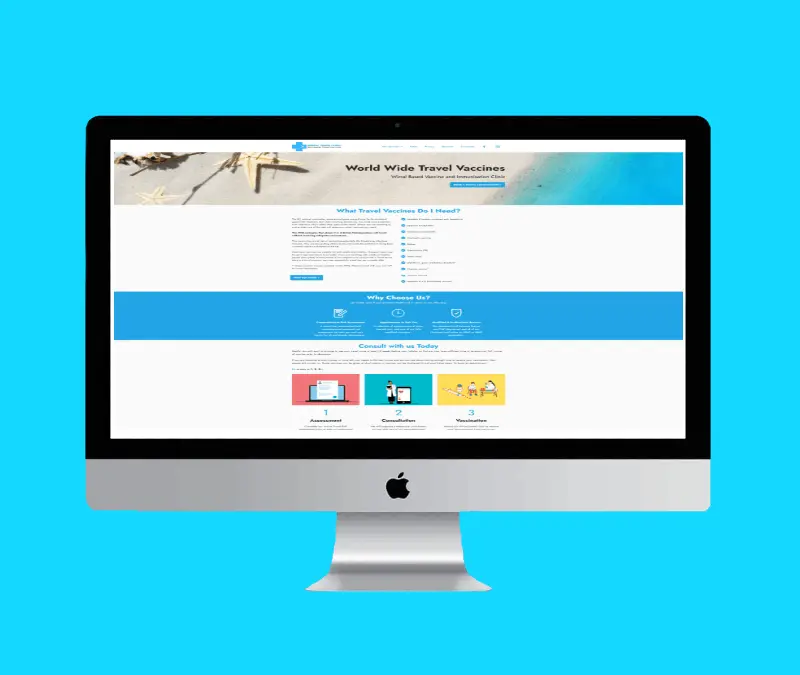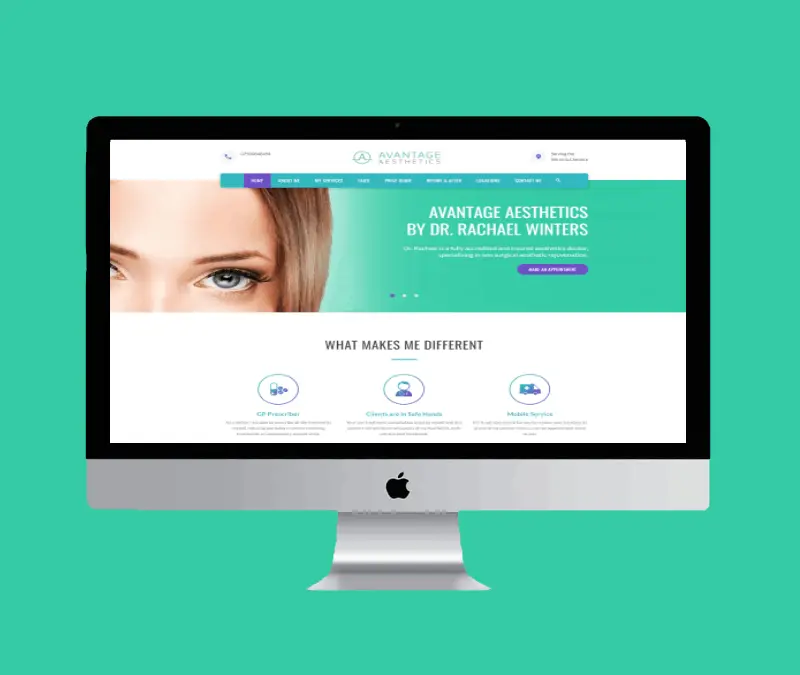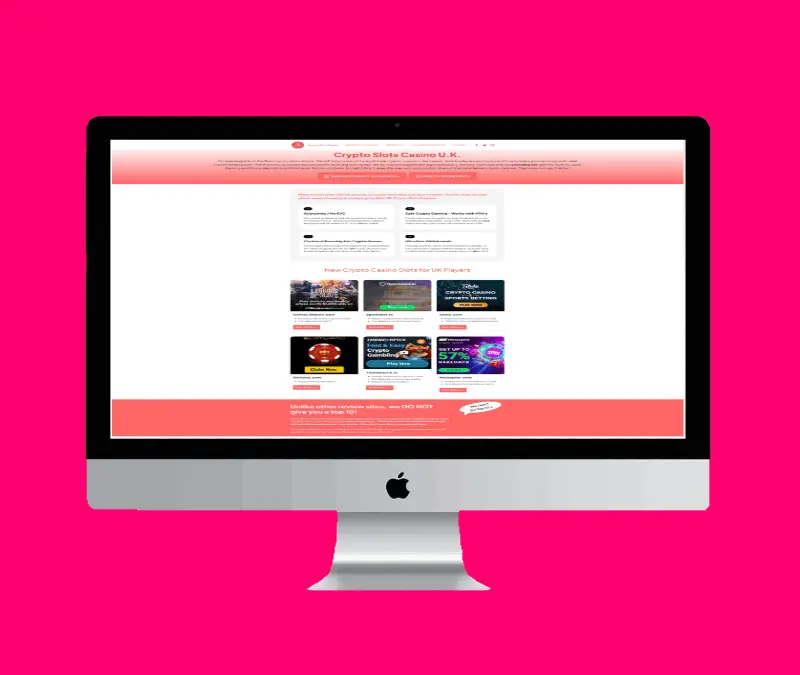Navigation: A well-designed website makes it easy for users to find what they're looking for. Clear navigation menus, breadcrumbs, and search functionality help visitors quickly locate information or products.
Accessibility: Ensuring that all users, including those with disabilities, can easily access and navigate the website is crucial. This involves considerations such as providing alternative text for images, using proper heading structures, and making sure interactive elements are keyboard accessible.
Page Load Speed: Slow-loading pages can frustrate users and lead to high bounce rates. Optimizing images, minimizing HTTP requests, and leveraging browser caching are just a few techniques to improve page load times and enhance user experience.
Content Readability: Content should be organized in a way that's easy to scan and digest. Utilizing clear headings, bullet points, and concise paragraphs makes it easier for users to understand the information presented.
Consistency: Maintaining consistency in design elements such as fonts, colors, and spacing throughout the website helps users feel oriented and familiar with the site's layout, enhancing overall usability.

















